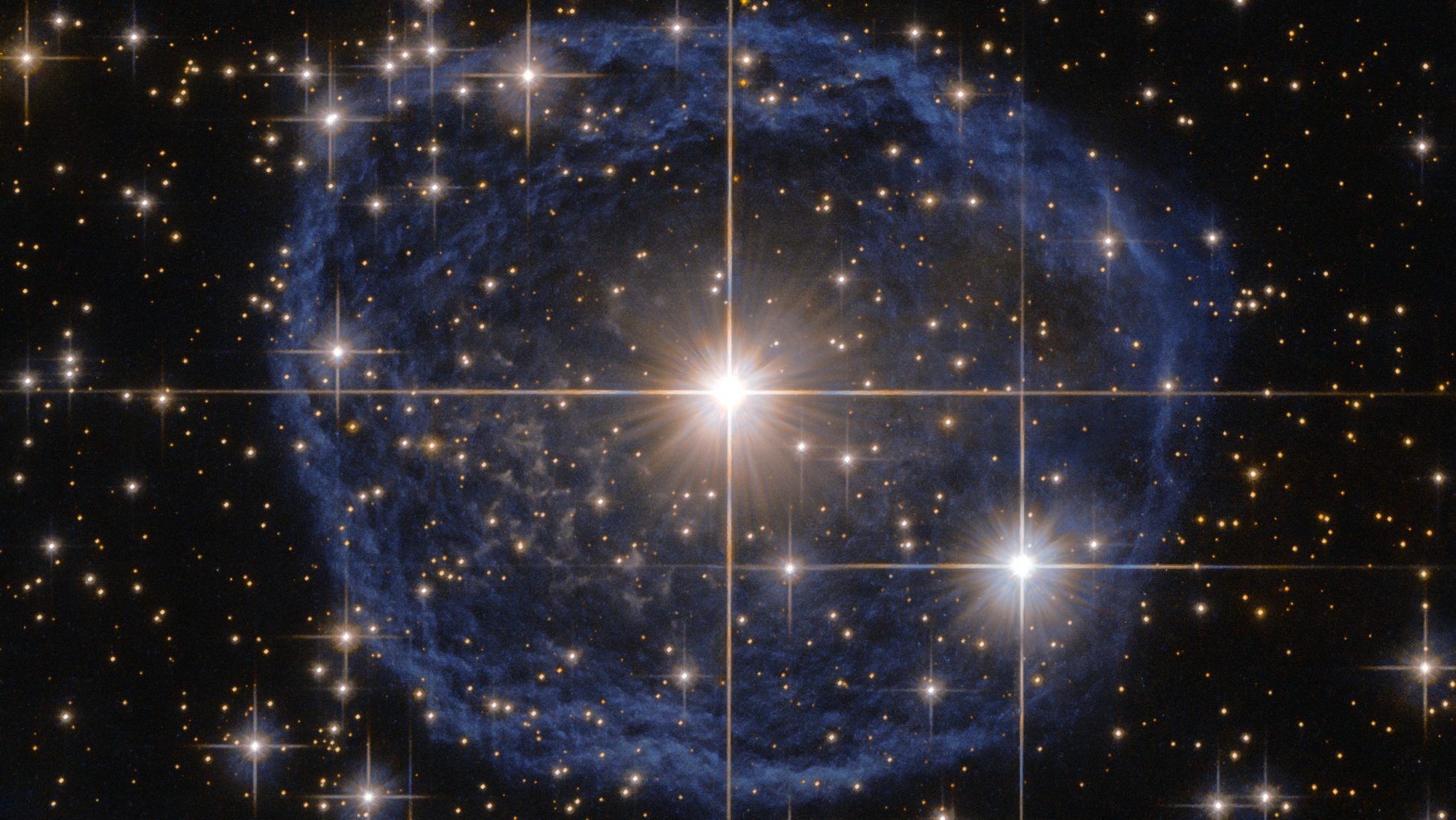Is teaching Mandarin in lingerie good or bad for your brand?

If you think of all of the greatest viral campaigns in the world, you’d struggle to think of many from Asia.
But that doesn’t mean people aren’t trying, and you may well have come across the latest ‘movement’ gathering pace in the region thanks to a smattering of “crazy Asians” type coverage in the Western press.
The premise for Sexy Mandarin is to teach people basic Chinese in a more interesting medium – namely lingerie clad women in pseudo porn scenarios seductively purring phrases while a deadpan, and slightly lecherous cartoon character tutor waxes lyrical about the translation.
The videos were done in partnership with Hong Kong based school New Concept Mandarin which helps with the lesson side of things.
For the purposes of this article, I’m going to put the various ethical arguments to one side and do the whole agency guy thing about whether it actually works as an effective viral campaign for New Concept.
The answer is yes and no, because it depends entirely on why they did it.
There is no doubt it is effective. The fact that a series of videos by Hong Kong based expat couple Mick Gleissner and Kaoru Kikuchi can get 1.3m plus views on YouTube in a few months is a testament to two things. The power of the internet – and more importantly – the power of sex on the internet.
As a whole, it also ticks all the boxes for a good viral campaign. It’s cringing, slightly offensive and a little amusing. In other words, it gets people talking. It’s also backed up by a strong website and social media presence too. Sexy Mandarin will remain on people’s lips for some time to come.
The problem with that is that none of that relates to New Concept. Their branding is actually very subtle. In fact it would be easy to argue that it’s too subtle. You can really only see their “serious” language courses as a brief slide at the end of videos, and on one place on the website.
If one of the points of their involvement was to increase awareness of their learning facilities then it isn’t working yet.
On the other side of the coin, there is a real danger of the viral brand spiralling out of control. Sure, the creators of the videos will get tonnes of publicity, but their brand isn’t at stake. What will they now do if this potential behemoth continues to grow? And is this what the partner school wants to be known for ultimately?
These are things I would have being flagging if it had been suggested to me (you’ve always got to think worst case scenario as well as best case). When the dust settles, if the brand association eventually sticks it could be what New Concept is best known for.
But if there is one thing Sexy Mandarin also demonstrates. The marked difference between Asia and the West in their reaction to such things.
Yes there has been a bit of outrage, but this campaign has been going for months and has had low key press in the West too. If you see the negative news coverage it seems more like manufactured outrage, journalists asking questions and contacting feminist groups as opposed to a collective rage spilling over online. It’s actually hard to find too much serious angry noise over the past few months from people other than journalists.
Would something like this have ever got such an easy ride had it been a London company? I seriously doubt it. There would be quite a few people finding it totally outrageous. It points to an interesting paradox about Asian culture – the mixture of the conservative and pragmatic.
People seem to get furious about practical issues rather than ethical ones. Maybe it’s Asian pragmatism at play, or perhaps it’s just a conservative society in action. But you’re more likely to see people displaying online anger about an increase in taxi fares than you are about a sex scandal.
Whatever the pros and cons, the videos have gained a lot of eyeballs and will continue to. But whether it is a worthwhile exercise ultimately boils down to two things. One. Are clicks a suitable objective for this viral campaign? Personally I don’t think so and it would be interesting to see what the conversion rate is both for Mr Gleissner and the New Concept Mandarin school.
Second, is there a chance an apparently reputable institution might suffer a backlash and alienate a good percentage of a potential audience because of its participation in the project? It’s not that likely, but stranger things have happened.





